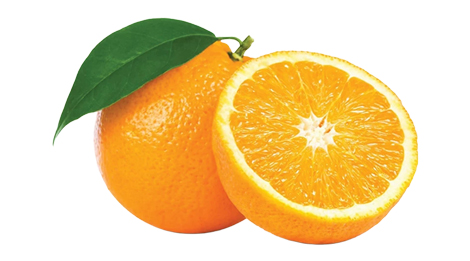Washington Navel Orange is a mid-season variety that was introduced to Turkey from California in 1945. Its trees have a round, medium-sized canopy. The fruit has a deep orange peel, which is slightly rough and moderately thick, and the peel is firmly attached to the flesh. Washington Navel oranges are well-suited for storage and transport, making them a reliable commercial variety. They are mostly seedless, though occasionally 1–2 seeds may be found. Known for their excellent flavor, Washington Navel oranges are considered one of Turkey’s standard and most popular table orange varieties.













Navelina Orange is a California-origin Navel orange variety. Its trees are vigorous and strong-growing, with high productivity. It is an early-maturing cultivar, ripening about two weeks earlier than Washington Navel. The fruits are smaller and more oval-shaped compared to Washington Navel and are considered of slightly lower overall quality. Their sugar content is about 11.2%, acidity is 0.89%, giving a sugar/acid ratio of 12.6. Among navel oranges, Navelina is one of the earliest to ripen, making it valuable for extending the early-season orange market.
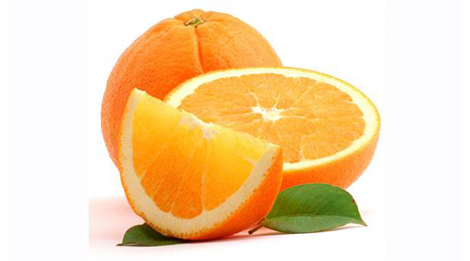












Navelate Orange is a Spanish navel orange variety that originated as a mutation of Washington Navel. Its trees are vigorous and strong, generally larger and wider than Washington Navel trees, but they are thorny. The fruits are medium-sized, slightly smaller than Washington Navel, but offer excellent internal quality — they are sweet, seedless, juicy, and aromatic. One of its key advantages is that the fruit can remain on the tree for more than 4 months without losing its quality or flavor, making it highly suitable for extended harvest and market availability.
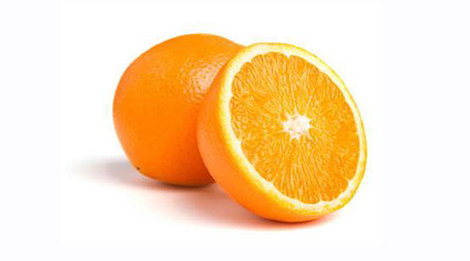












Valencia Orange is a late-season orange variety first introduced to Turkey from Italy in 1936. The fruit has a yellow peel with a slightly rough texture, and the peel is moderately attached to the flesh. The segment membranes are generally thick. Valencia oranges are suitable for storage and transportation and are used both as a table fruit and in industrial processing (juice production). The fruits are slightly oval to round, contain few seeds, and ripen late — typically in March and April. They can remain on the tree for a long time without losing quality and are considered the most heat-tolerant orange variety. There are several well-known sub-varieties of Valencia, including Delta, Midknight, Olinda, and Valencia Late. Among these, Midknight and Delta are especially valued for their high quality and are often regarded as distinct varieties in their own right.
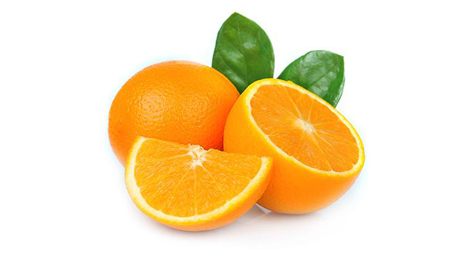
























Cara Cara Orange is a navel orange variety with tree characteristics similar to Washington Navel. Its fruit has a distinctive pinkish-orange flesh, which is crisp, flavorful, and high in quality. Cara Cara trees are as productive as Washington Navel, but the fruit stands out for its unique flesh color and excellent table quality, making it one of the most attractive and appealing navel orange varieties for fresh consumption.
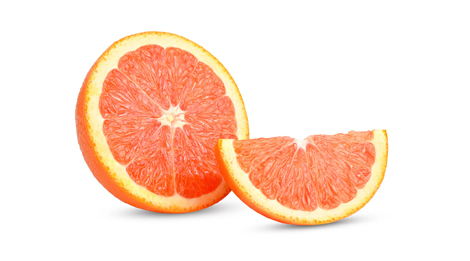












Fukumoto Navel Orange — an early-ripening (3–4 weeks before Washington Navel) natural mutation of Washington Navel. The trees are thornless, compact, and productive. Fruits are seedless, very sweet, low in acidity, with a bright orange peel and juicy flesh. Harvest begins in early November, making it ideal for the early market season.
